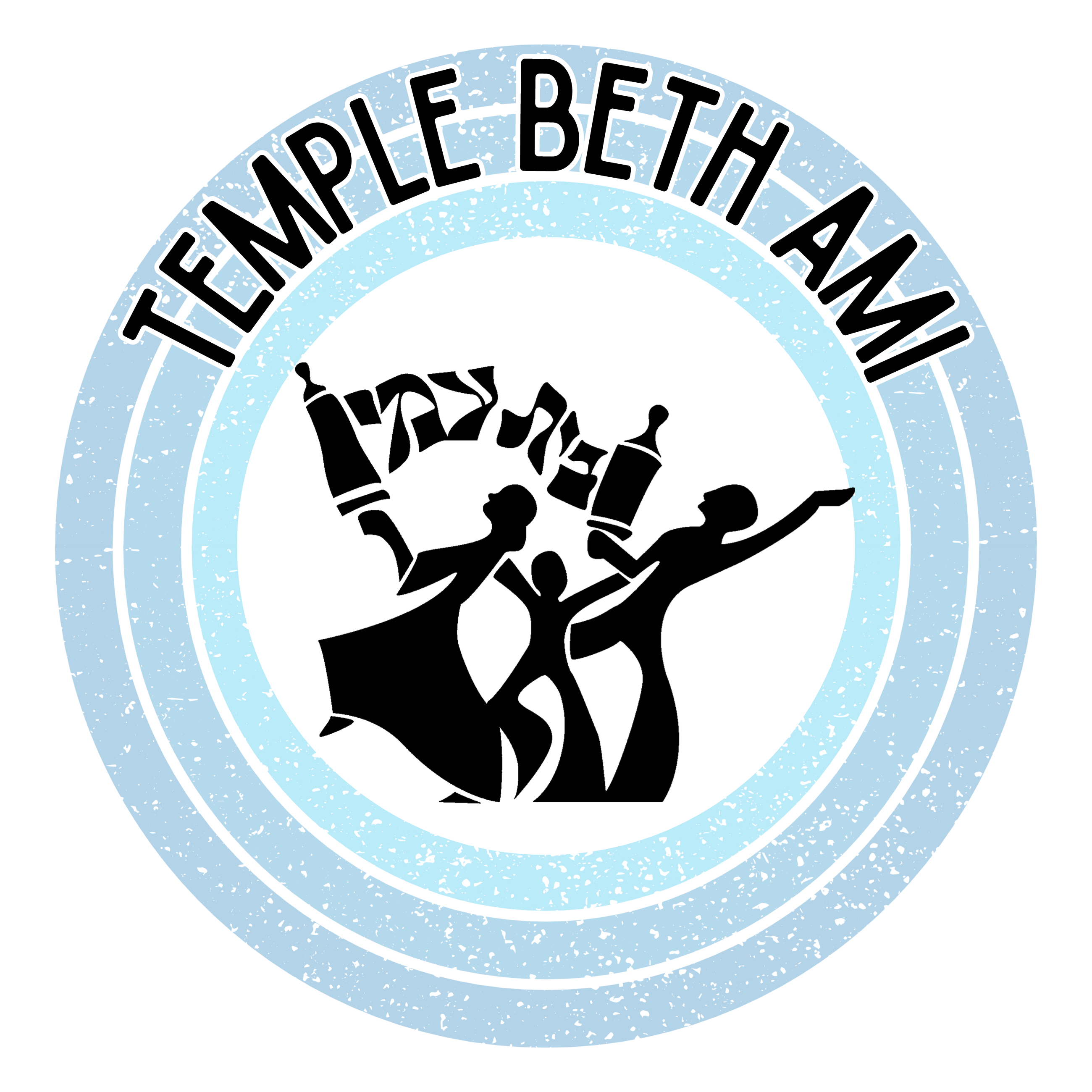Pekudei - 5779
Exodus 38:21 – 40:38
We’ve heard it before.
Twice.
In excruciating detail.
With Terumah and Teztaveh we received the design plans with full specs for both the mishkan (Tent of Meeting/Tabernacle) and the priestly vestments. Then in Veyak’heil we read about the actual construction, in detail. Now, finally, in Pekudei the finished products are again described – again in incredible detail.
I used to just skim through these portions – the details would make me sleepy, and anyway they didn’t seem relevant, let alone important to my life. Then I thought of my father, the architect, who would write volumes of specs for every building he designed. I never needed that level of detail for the models I built as a kid, but then again, nobody’s life would be endangered if I made an assembly miscalculation. So, I figured that the more important something is, the more details we need to make it happen the way we needed. But I still struggled with these details. Yes, the mishkan had been incredibly important, but we don’t have one anymore and all of these details, repeated so that we could read them three times in all of their glory seemed, quite frankly, boring.
As it turns out – that’s partly the point. There is an interesting parallel between the final verses of Pekudei and the story of creation:
“… vayachal Moshe et ham’lacha (… and Moses finished the work).” [Ex. 40:33b]
God completes (vayachulu) Creation, Moses completes (vayachal) the mishkan. Both ‘projects’ are described as “work” with the same Hebrew noun (here written as ham’lacha). There are other parallels as well. God surveys Creation, Moses the finished mishkan. God blesses Creation when it was complete, Moses blesses the people when the mishkan is finished. God sanctifies Creation with the shabbat, God’s Presence descends in a cloud upon the mishkan, making it holy as well.
Rabbi Mark Greenspan observes that it takes the entire book of Exodus for us to reach this moment, when God’s presence finally descends over the Tent, palpable to the entire camp. He writes:
“… an encounter with God doesn’t just happen. It results from hard work. It demands attention to details. It takes discipline and sacred intention. And sometimes the process of getting there is even a little boring.”
One of my recurring tropes with b’nei mitzvah students is the importance of regular practice; one cannot cram the night before and expect success. I explain that prayer, chanting Torah, and by extension leading services, are more like sports or music than academics. Success requires both the mind and the discipline of regular practice. However, this is not just true for b’nei mitzvah students and service leaders, but for all of us. The true power of Judaism requires work, discipline and commitment. Indeed, the Hebrew word for worship is avodah – literally another Hebrew word for “work.”
This is not to say that service leaders should not do their best to plan beautiful and inspiring worship experiences – they absolutely should – but if we really want to bring God into our lives then we have to not only show up but develop our Judaism into a personal and communal practice.
“… and Moses finished the work. And the cloud covered the Tent of Meeting and the glory of the Lord filled the Tabernacle. And Moses could not come into the Tent of Meeting, for the cloud abode upon it and the glory of the Lord filled the Tabernacle. And when the cloud went up from the over the Tabernacle, the Israelites would journey onward in all their journeyings. And if the cloud did not go up, they would not journey onward until the day it went up. For the Lord’s cloud was over the Tabernacle by day, and fire by night was in it, before the eyes of all the house of Israel in all their journeyings.” [Ex. 40:33-38]
To reach the glorious end of Exodus, we needed the inspiring highs along the way through the great miracles of God and orations of Moses; but we also needed to weave the cloth, fashion every clip and joint, shape the great menorah and the altar and more. The message of Pekudei is clear: the details are just as important as the moments of inspiration, and it is not enough to know what they are – without our active participation and practice, we will never build anything.

